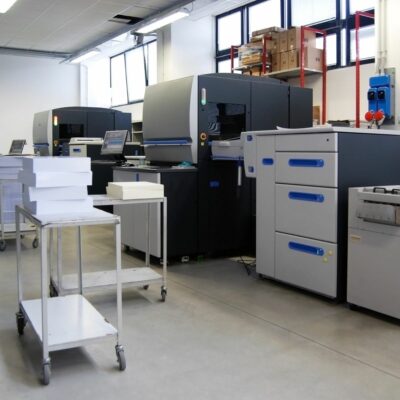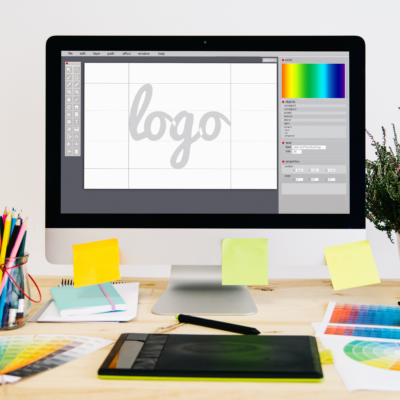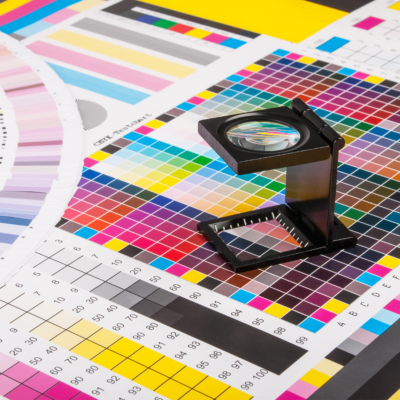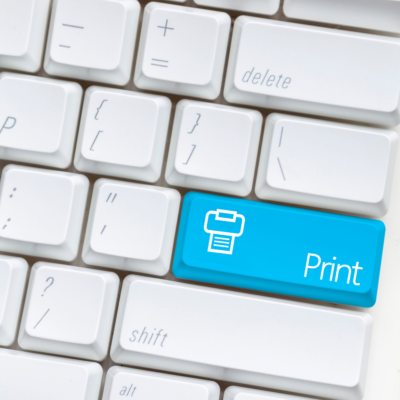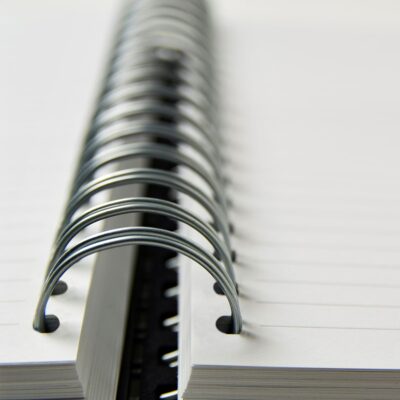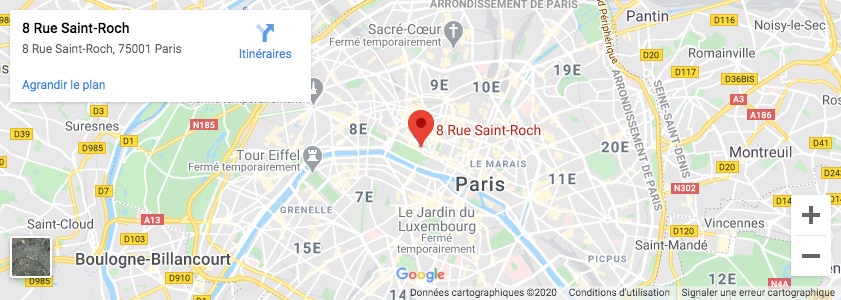- Call us 01 42 61 00 33
Monday to Friday 9:00 - 18:00 IMMEDIATE
CUSTOMISED QUOTERETRAIT EXPRESS
& LIVRAISON J+1-
-
- All
products - Cards
- Brochure
Files - Advertising
- Printing
- Office automation
- Adhesives
- Signage
- Themes
- Printing
Express in 4H
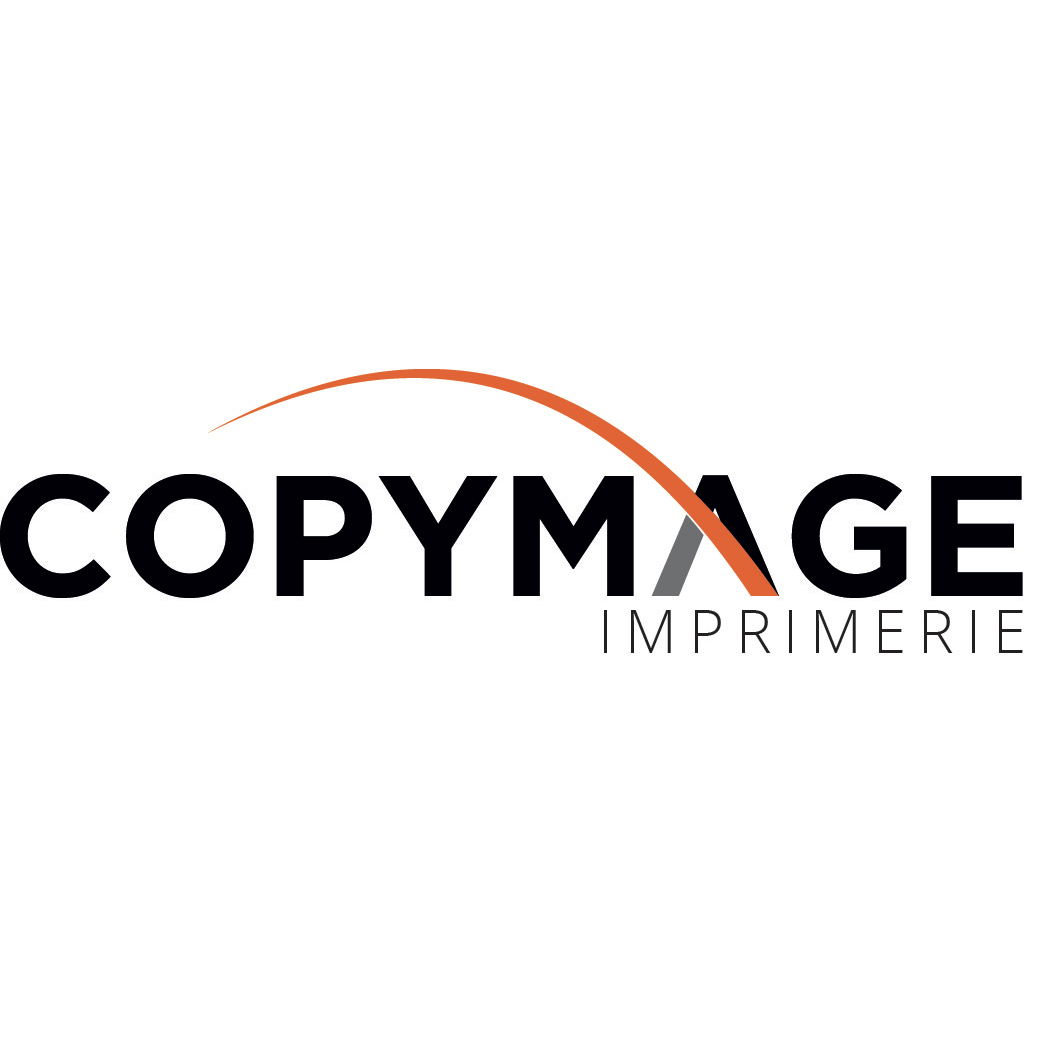
Tips & tricks from your printer
Offset printing or digital printing, two different printing techniques
If you are not a printing professional, you may not be familiar with the terms "offset printing" and "digital printing. However, it is a central distinction between two printing techniques that will have an impact on the cost and production time of all your communication materials produced at your professional printer.
In this article, we propose you to make the point on what are, respectively, the Offset printing and the digital printing. We will see how these two techniques work but also what are their respective benefits.
We will then focus on the main criterion that will allow you to decide between offset printing and digital printing: the quantity of prints. For this we will take some examples of communication media for which offset printing or digital printing is better suited.
Offset printing, how does it work?
Offset printing is a printing technique that results from a modernization of lithography, a method by which several copies of an illustration or a text can be printed by applying a pencil or ink on a limestone.
The term "offset" refers to the repulsion of ink by wet paper. In fact, the Offset printing technique consists in determining dry parts that absorb the ink and wet parts that repel it in order to create the desired pattern or text.
This offset printing technique is nowadays carried out on sophisticated and expensive machines. The work to be printed is reproduced on a support which makes it possible to identify the zones where the inks will be applied. This plate is inked four times, once for each color of the quadrichromy (cyan, magenta, yellow, black or CMYK). It is then transferred to the blanket, a rubber-covered cylinder, which in turn deposits the color on the paper. For this reason, the Offset printing is qualified as technique of indirect printing.
Offset printing is a printing technique that is still very common among professional printers. It requires extremely precise settings and, therefore, specific expertise and know-how. Offset printing is also more expensive and requires the use of many chemicals that are harmful to the environment.
Digital printing, the competitor of offset printing?
Digital printing is gradually replacing offset printing. Digital printing is a direct printing technique: from the computer screen to the paper or vinyl support, using either ink jets or laser printing.
This printing technique is gradually competing with offset printing because of its flexibility and lower cost. Digital printing is a faster technique than offset printing: it requires less handling, drying times are much shorter.
Finally, for a long time, offset printing was superior to digital printing in terms of rendering quality. This is no longer the case today, as technical advances allow for printing jobs of comparable quality for both types of technique - especially when you use a professional printing company, such as Copymage, which has a fleet of the latest generation machines.
Digital printing has therefore become, in recent years, a serious competitor to offset printing.
How to choose between Offset or Digital printing?
Finally, the main criterion for choosing between offset and digital printing is the amount of printing work you want your professional printer to do.
-
Small runs, short lead times: choose digital printing
The great strength of digital printing compared to offset printing is its flexibility. Contrary to offset printing which requires many preliminary adjustments and implies important costs, the digital printing is completely adapted to small quantities of printing.
If you want to print rectangular stickers for a specific event to promote your brand or your concept, it is better to choose digital printing rather than offset printing. It is better to opt for digital printing rather than offset printing: you can order 50 or 100 copies of your stickers to test your idea or, on the contrary, have 10,000 printed if you are expecting many participants.
Moreover, because it requires less technical handling and drying times are reduced, digital printing can respond in much shorter time than offset printing to all your urgent printing requests.
Do you urgently need to have your employees' business cards redesigned? We recommend that you opt for digital printing. Moreover, by choosing the Express business card option, you can obtain 85 x 55 mm business cards in 4 hours maximum.
-
Large print runs: prefer offset printing

When you choose an offset printing, the initial cost related to the preliminary adjustments of the machine are high but the price of the prints is decreasing according to the number. For this reason, it is a technique to be favored when you consider a very large number of prints of the same media. For example, offset printing is recommended for the printing of your advertising brochure. You will then obtain a very large number of prints of impeccable quality.
Moreover, the machines used for offset printing are quite capable of handling very large media or of a thickness higher than the average. Thus, for the realization of a poster in series, the Offset printing will give better results than a digital printing, especially if you opt for a format going out of the common or for a paper of a particularly thick grammage.
Offset printing and digital printing are different printing techniques, but both are equally efficient in terms of rendering quality. The main criterion to take into account when choosing between the two is the quantity of printing to be done: for a small print run or to respect short deadlines, prefer digital printing; for a large print run or on large format media, choose offset printing.
Our rates
The best prices on the market
The quality
We are demanding and attentive to your satisfaction
Our deadlines
Tight deadlines thanks to our continuous production system
Imprim'vert label
We are careful about our footprint and waste management. We have obtained the Imprim'vert label.
Help & Advice
Our experts are here to help you.
HELP & ADVICE
Our experts are here to help you. Do not hesitate to contact them.
Adresse
8 rue Saint Roch 75001 Paris
Metro
Line 1 Tuileries
Line 14: Pyramides Line 14 : Pyramids
Bus
Lines: 21, 27, 68, 72, 81











